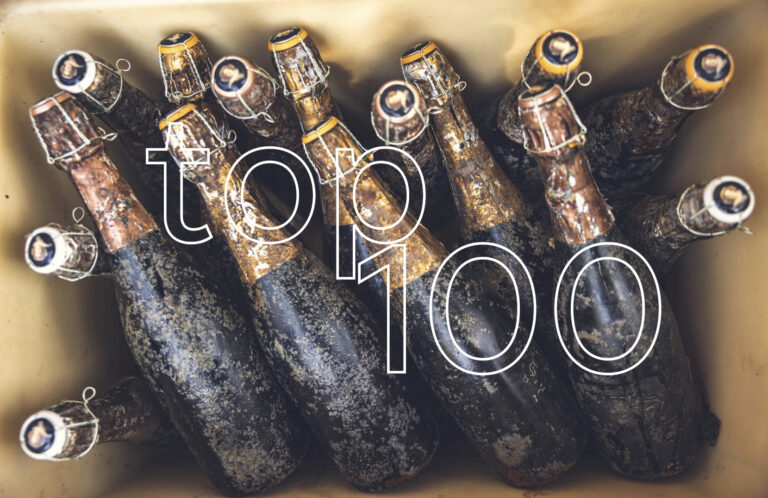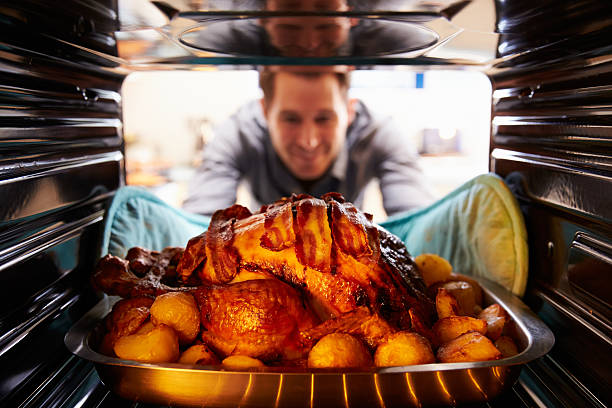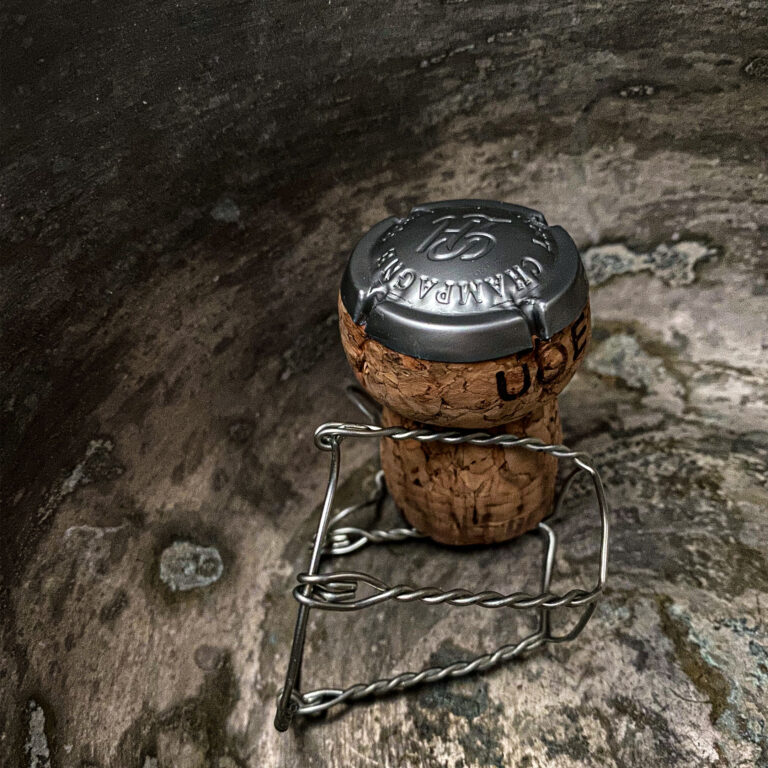TheChampagneSommelier Uncorking a true legend – 1976 Taittinger ‘Comtes de Champagne’ [ read the full champagne story ]
Estimated reading time: 5 minutes

Let’s not be mealy-mouthed about this. The world of Champagne is a vast, often deeply tedious ocean of aspirations, brand loyalty, and a relentless, slightly desperate fizzing. And then, there is the 1976 Taittinger Comtes de Champagne Blanc de Blancs. It is not merely a wine; it is an artifact. A ghost of a perfect summer, now haunting the cellars of the fortunate few.
And the question, a dull thud of a query, hangs in the air: Is it, you ask, the best Blanc de Blancs ever made? Dear God, who cares about ‘best’? ‘Best’ is for school reports and competitive middle-managers. This is a question of metaphysics and deliciousness. A question, if you like, of whether the gods themselves paused their eternal, dreary bickering to fashion something sublime out of chalk, sun, and Chardonnay.
The Vintage: A Heat-Haze and a Harvest
The vintage of 1976 was a brute. A scorching, Mediterranean summer in Champagne that left lesser grapes flabby and burnt at the edges. A year where the sun was less a benign source of life and more a tyrannical overlord. For Taittinger’s Comtes, however, that fierce heat seems to have been channeled, miraculously, into a controlled exuberance. The terroir—the Grand Cru Chardonnay from the Côte des Blancs—performed a magic trick: it held onto its soul.
It’s the very antithesis of the austere, laser-like vintages we now fetishize. This isn’t your minimalist, concrete-and-steel Champagne. This is Baroque, slightly scandalous, and unapologetically rich. Critics—those often humourless, note-taking automatons—have given it near-perfect scores, praising its “breathtaking combination of signature citrus freshness, superb inner sweetness,” and a maturity that is “devastatingly beautiful.” They talk of its profound peak. Which, given its age, is like saying a 100-year-old rake is still useful for turning over dirt. It’s a miracle, frankly.
In the Glass: The Taste of Time and Tyranny
To open a bottle now—and let’s be clear, finding one is an exercise in both detective work and bank account cruelty—is to interrupt a long, silent meditation.
- The Colour: Forget pale gold. We’re talking liquid amber, a deep, oily sheen that whispers of time spent resting under the chalk. It is, to borrow from the lexicon of the truly jaded, developed.
- The Nose: Ah, the nose. This is where the 1976 starts to deliver the goods. It’s no longer merely citrus and chalk. That’s for the young things. This is a glorious mess of caramel, roasted almonds, honeycomb, and a hint of buttered brioche, all layered over that persistent core of sweet lemon. It is the scent of a patisserie on fire—intense, complex, and utterly enveloping. The kind of aroma that makes you immediately forget whatever dreary thing you were talking about five seconds ago.
- The Palate: Now for the trick. You expect a collapsing ruin, a museum piece. Instead, you get a creamy, textured, almost chewy mouthfeel—a density that is utterly shocking in a Champagne of this age. The dosage, which was likely higher back then, has melted away into the fabric of the wine, giving it an old-school, slightly opulent, baroque sweetness. Yet, crucially, a thread of vivid, electric acidity runs through it all, preventing it from becoming a flabby, sweet puddle. It is balanced like a high-wire artist who is also juggling lit torches.
The Competition: A Gallery of Pretenders
To call this the ‘best’ is to enter a cage-fight with giants. Salon, the perennial contender, offers a more taut, mineral, and intellectual experience—a cerebral crush of chalk and lemon peel. Krug’s Clos du Mesnil is another beast entirely, a powerhouse of complexity that often carries the subtle, glorious weight of oak.
But the 1976 Comtes holds a distinct advantage: emotion.
It embodies a time. It captures a moment of near-perfect balance between a fiery vintage and the deliberate, fastidious savoir-faire of the Taittinger house. It offers a profile—rich, slightly exotic, wonderfully creamy, yet still fresh—that has, for many, simply not been replicated with the same effortless majesty. The consensus, the quiet nod of the heads around the world’s most serious tables, suggests that this bottle, when in good condition, is not just one of the great Blancs de Blancs, but an experience that redefines the very category.
The Verdict: A Question of Soul
99 points
Is it the best? Look, let’s dispense with the ridiculous ranking. It is a milestone. A touchstone. It is the bottle you reference when discussing the theoretical limits of what 100% Chardonnay, from a specific place and time, can achieve.
The 1976 Taittinger Comtes de Champagne is a profound expression of age, a triumph of cellaring, and an unrepeatable piece of liquid history. It is a wine that has matured, not just aged, and it still, nearly five decades later, possesses the sheer, devastating beauty of something genuinely, shockingly great.
So yes, damn it, if you find a bottle and can afford the therapy required after drinking it, I suggest you do so. It is, quite simply, magnificent. And sometimes, magnificent is enough.
Offered in auction @ Systembolaget / Bukowskis in Sweden the 3rd of November.
[ photo credit – Systembolaget / Bukowskis ]






